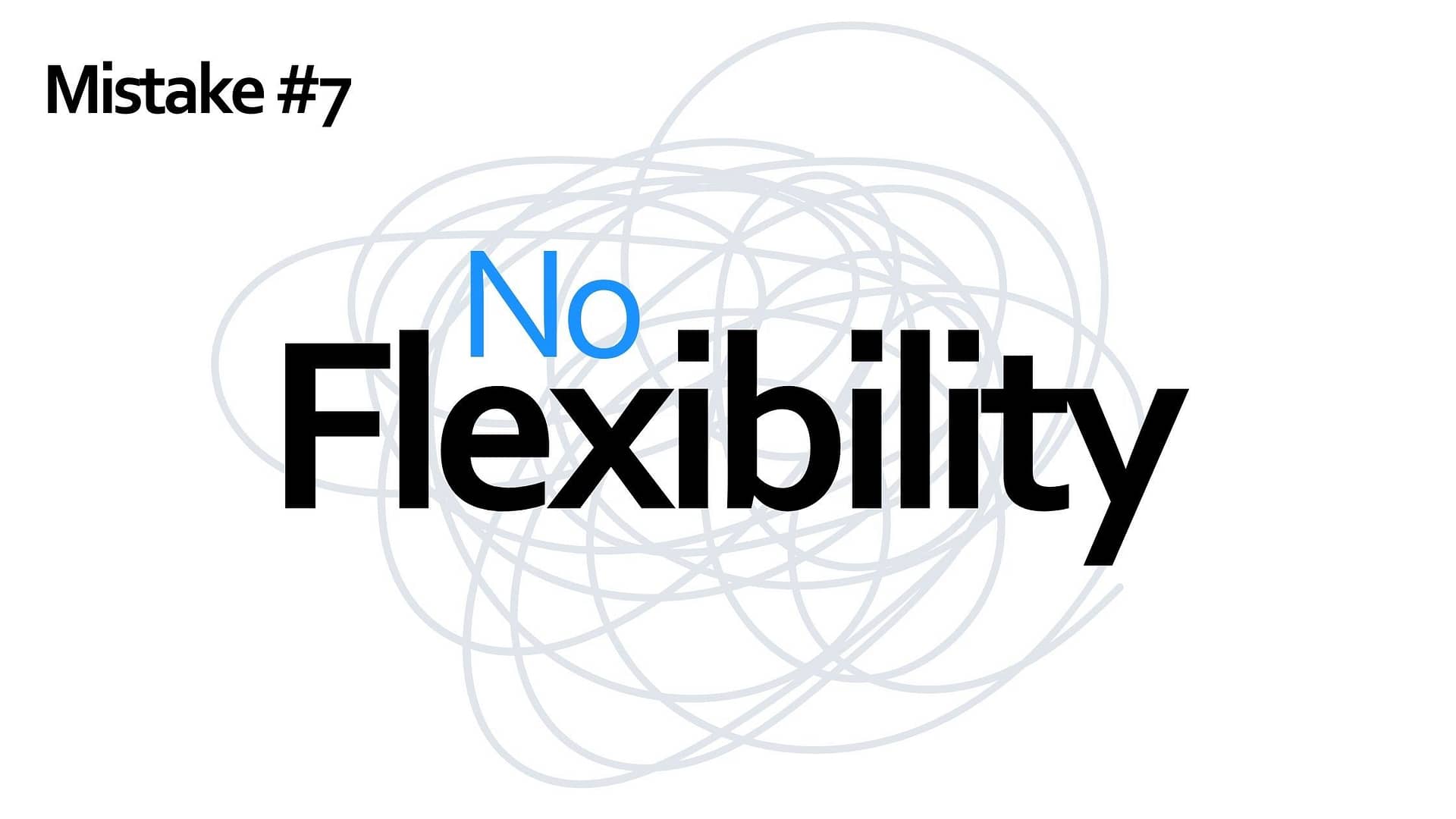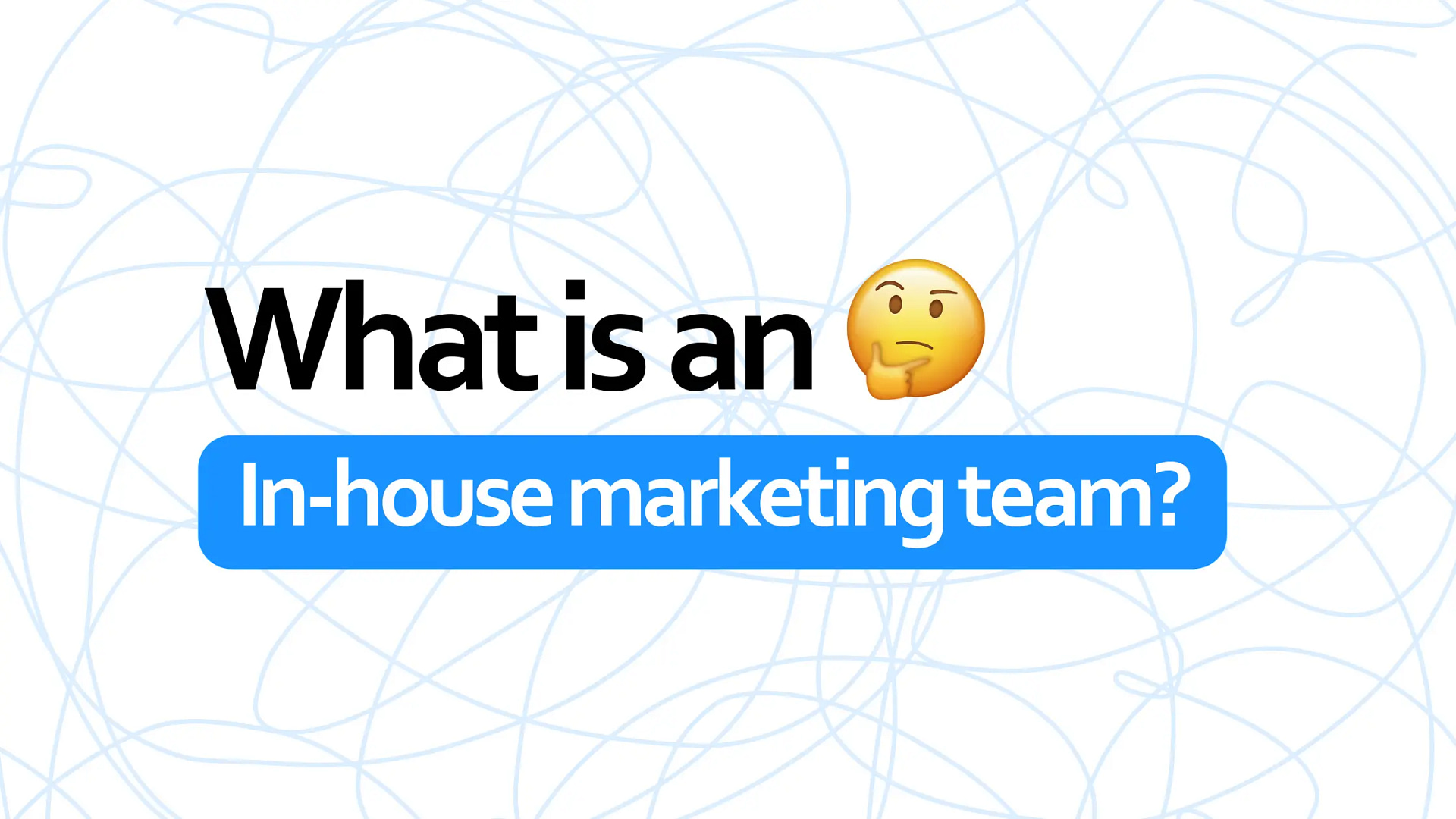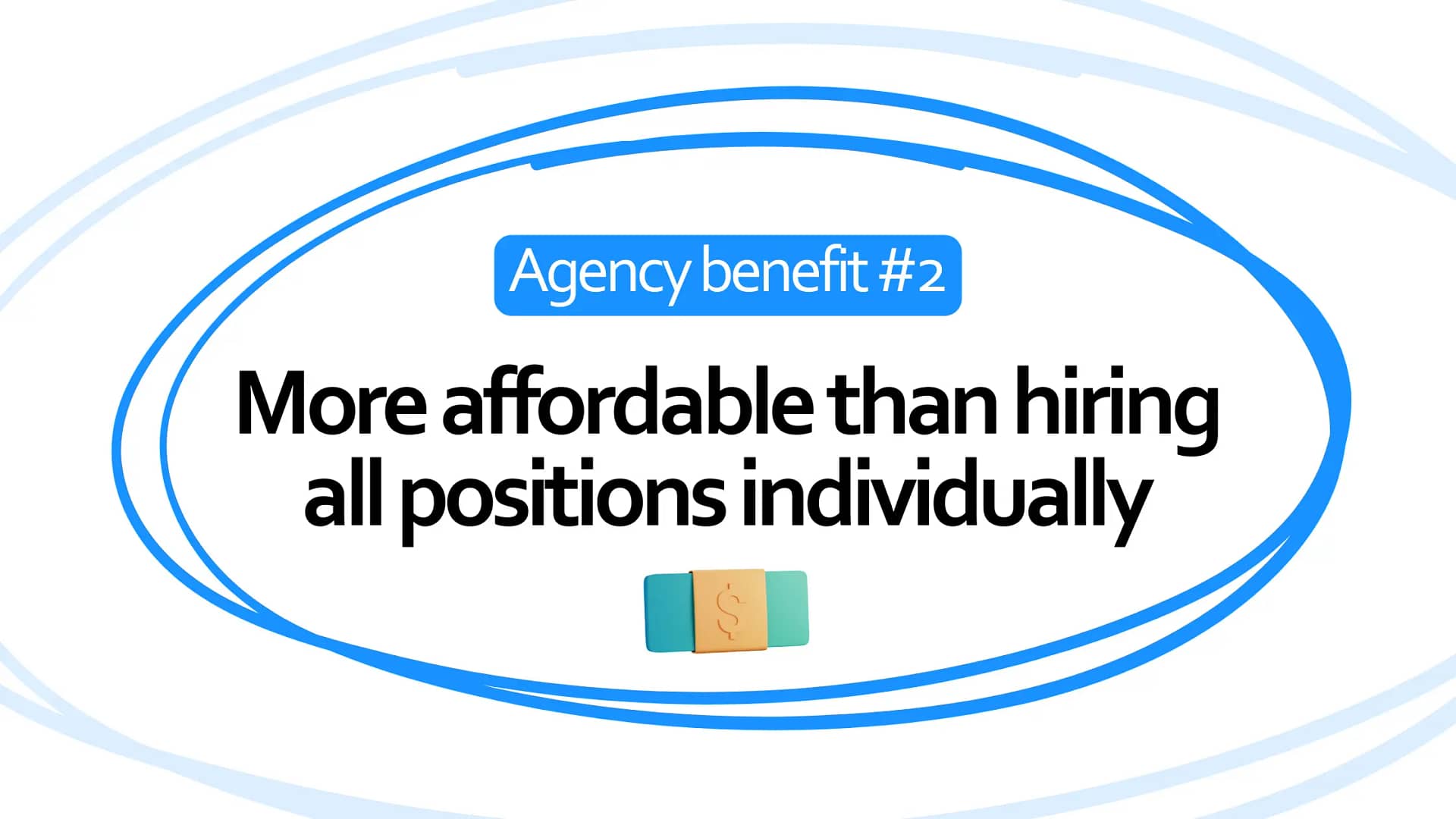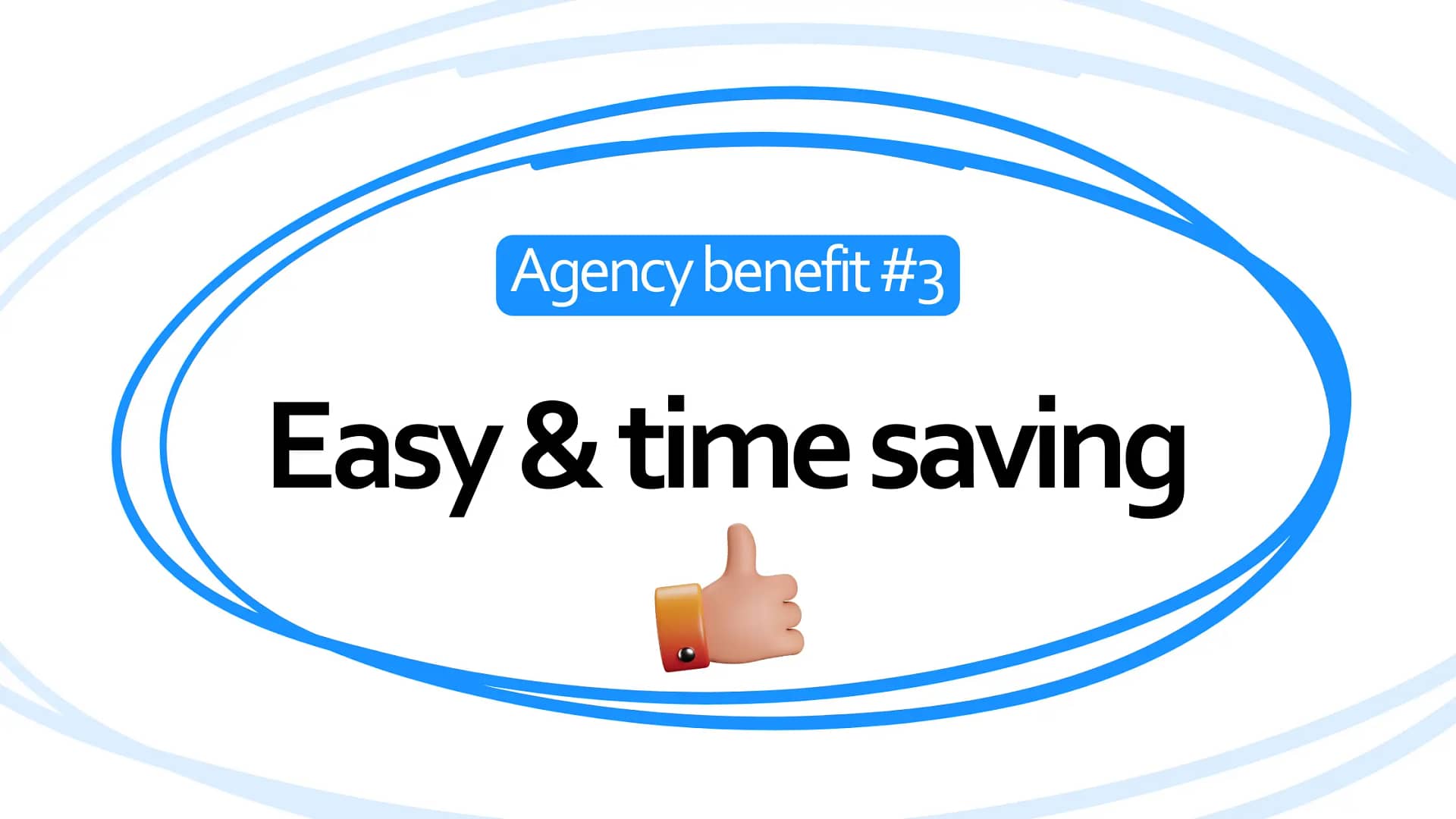
7 Strategic Social Media Marketing Issues You Can’t Ignore
Sophia Badalian
September 28, 2022
Social media marketing is one of the most sure-fire ways to grow your business. However, even for the seasoned pros, the ever-growing nature of social media marketing can be a challenge. So, what are some common social media marketing issues? This guide will address the 7 most common mistakes marketers make in their SMM plan.
The good news is that these common issues can be resolved with just a little bit of time and attention.
An intelligently developed SMM plan can help you improve your conversion rate, reach a bigger and better audience, or make your followers fall in love with your brand. That is, if you avoid the most common social media marketing issues. But don’t worry, we have your back.
This guide will help you gauge the effectiveness of your SMM marketing campaigns. Not only will you learn about the most common issues you should avoid, but we’ll also help you solve them to ultimately create an optimized SMM plan.
So, what are the 7 strategic social media marketing issues?
Keep on reading through to learn about the 7 most common problems you may encounter, plus how you can avoid these social media marketing issues in your strategies.
What is an SMM plan and why do I need it?
Social media marketing is the use of social media platforms to promote a product or service. Most brands use social media marketing to target their prospective customers.
SMM is among one of the most accessible and global ways to reach people, so it’s critical that your marketing efforts don’t fall victim to what are known as the most common social media marketing issues.
Avoiding these unfavorable tactics is key to creating a successful international social media strategy. In this blog, we’ll touch on these issues and offer some best practices you can use to solve them.

What is a social media marketing plan?
Before we jump into the most common social media marketing issues, it’s important to understand what exactly a marketing plan is.
In the simplest terms, a social media marketing plan is an outline of your strategy. It summarizes everything you plan on doing to tackle the social platforms of the world, including how you’re going to do it. These plans also include your learnings from research that can back your proposed marketing actions.
Being successful on social networks takes much more than just daily posts. Do these posts coincide with your general marketing goals? Are you posting just to post, or do you put real thought and effort into giving your audience what they want to see? Do you know your audience? These questions are key to understanding and creating a successful social media marketing plan.
What are the 7 social media marketing issues?
So, let’s get into it! What is a common issue with social media marketing plans? Although we will cover the 7 most common issues, you must know that the most common one is a lack of clear strategy. You might find yourself having a stagnant social media presence, which means your marketing efforts are being wasted.
Lacking strategy is one of the ultimate social media marketing issues. By adopting a clear strategy and using the right tools, the effectiveness of your marketing will deliver optimal results.
Now, let’s dive deeper and uncover the 7 most common challenges of social media marketing you’ll face when developing your SMM plans, along with some best practices you can use to fix them.
No clear strategy
Without a coherent marketing strategy, your company does not have trackable business objectives. Your marketing plan lacks the focus needed to achieve its goals.
Are you posting just for the sake of posting? Are you inconsistent with your frequency of posting? Are your posts not tailored to your followers and prospective clients? If the answer is yes to any of these questions, then it’s time to regroup.

Solution
Start with establishing your company’s objectives and identifying your purpose. If your main social media platform is Instagram, ask yourself: “what is my goal on this platform?” Once you’ve re-established your goals, develop a fluid plan. This takes planning, consistency, and over anything else, collaboration.
Remind your team of your goals and company values. That way, everyone is working towards the same mission. Developing a clear strategy will get your company one step closer to achieving its goals!
Once you have the foundational elements set up, it’ll be time to dive deeper into each and every aspect of your plan. Here are some of the factors we define at Cloud9:
- We set goals that make sense for your business and identify the trackable KPIs for those goals.
- Keeping our ultimate goals in mind, we define the target audience and brainstorm ways that we can reach them to leave an impression that’ll last.
- We define the types of content we will create, each aimed at different goals and KPIs we’ll be tracking.
- Along with types of content, we identify the types of ads we want to run.
- Last but not least, we test it out and modify it as needed!
If you want to experience our SMM strategizing process first-hand, you can get to know us better by clicking here.
Creating content that doesn’t match your audience
Failure to target the right audience is another common social media marketing issue. Characteristics such as brand voice and tone of voice must appeal to your target audience.
Poor targeting happens most often when you don’t know how to target your audience. In pre-social media times, this is the equivalent of putting up divorce attorney flyers at a wedding chapel. Quite a juxtaposition, and overall, wrong audience!
While social media marketing doesn’t involve flyers, it has the power to reach a very specific audience, as if there were a virtual room with a “Your Audience” label. If your content is not attractive to them, they won’t engage with your brand, and they’ll become disinterested and inactive in this virtual space.

Solution
So, how do you push your content toward the right target audience?
- Find out where your audience is hanging out online.
- Identify which communities your target audience is active in, and post your content exactly there.
- Learn from your competitors and see if some specific strategies work for you as well (e.g., posting in Facebook or LinkedIn groups to boost engagement).
- What kind of tone are they using, and who is responsive to this tone of voice?
- Search keywords that you’re targeting on socials, and see which competitors show up. Study them and take notes. It might help you uncover a niche market you never knew you could target.
If you’ve gathered a following, you can even pursue your own analytics to see other pages that your audiences tend to like. These tactics can be a great way to target the right audience, and once you’ve done so, your brand has the potential to grow.
Fun fact: If you’re looking for smart tools for tracking your competitors online, Social Blade can do the trick.
No deep insights into the audience
If you’re still reading, you’re probably still wondering, what are some common social media marketing problems? Not having deep insights about your audience is definitely one of them!
Social media marketing deliverables should be carefully calculated and catered to your audience. However, if you don’t have any insight about your audience, this is virtually impossible.

Solution
Understanding your following provides insights into their unmet needs. Having this knowledge will allow you to then help them meet those needs. It’s a win-win situation.
How do you begin to develop insights about your audience?
- Research! Research over assuming is a key marketing methodology. Take the time to investigate your audience and adjust your SMM plan accordingly to avoid one of the most common social media marketing issues
Almost all social media platforms give you insights into your audience. If you’re using Instagram, simply navigate to your profile and tap on “Insights” to view your IG analytics. You’ll be able to see everything from engagement to the overall performance of your posts, including stories and Reels.
If you prefer to get to know your audience more organically, be interactive and engaging on your socials. One of the most common Instagram marketing problems is posting and forgetting—i.e. lack of engagement with your audience!
While it’s important to understand your audience’s demographics, habits, and trends, you should above all consider their human-ness when trying to reach them. Do this by engaging with them! Follow them, like their posts, reply to their comments, and more. The end goal is to use this insight to target people who will see your products or services as something that can fit into their lives.
4. No testing phase
Avoiding a pre-launch testing phase is one of 7 extremely common social media marketing issues. Failing to test your campaigns before you launch will lead to unpredictable results, potentially bad ones!
There are many risks in launching a new campaign. If the campaign flops, your ROAS (Return on Ad Spend) will be very low, thereby ruining the whole purpose of your campaign. Plus, an unsuccessful campaign may affect your customer’s mindset about your brand. Why run the risk when you can test it?

Solution
Here are some easy ways to test your campaign:
Use A/B testing to improve your email campaigns
A/B testing is an effective way to test almost all forms of digital promotions, especially email marketing campaigns. Luckily, there are email marketing tools like ActiveCampaign and Mailchimp that enable you to easily split test any element of your email, including your subject, contents, visuals, and more. So, how does it work?
Usually, the platform sends out each of your emails to a percentage of your audience, analyzes their performance, then sends out the “winner” email to the remaining contacts in your list. You can even specify the percentages of the initial outreach.
Not only do you get to see the performance of each email, but you can also learn from it and optimize your future campaigns based on your findings. Does your audience respond better to specific phrases over others? You’ll find out about it all with A/B testing.
If you’re unfamiliar with email marketing tools, you can always get in touch with a marketing agency like Cloud9 and let the pros handle it all.
2. Ask your audience
Go straight to the source and ask your audience. Big brands, such as Heinz (featured below), often do this using polls on Facebook or Instagram stories. It’s a great way to gauge how your audience will feel about your upcoming undertaking.
3. Use A/B testing and dynamic creatives to optimize Facebook campaigns
Similar to email A/B testing, you can run the same types of tests for your Facebook ads. Simply choose that option when creating your ad set in Ads Manager, and Facebook will create an alternative version of your ad to compare to another. You’ll be able to modify many elements, such as budget, visuals, audience, and more.
Facebook Ads also feature an amazing testing tool called Dynamic Creatives. This extension allows you to attach multiple images and multiple captions to your ads, identify the one that works best, then finish your ad with the best-performing combination. You’ll understand which types of visuals and types of texts your audience prefers, giving you deeper insight into how you can attract them.
These simple methods of testing your campaign will give you critical feedback in key markets. Take that insight and use it to power your campaign for the best results.
5. Not enough customization for different platforms (IG/FB/LinkedIn)
Failure to customize your content for every individual platform is another common social media marketing issue.
It’s important to understand that there are different types of audiences on each platform, so you need different content to succeed. That means that you shouldn’t be recycling your content from one platform to use on another. By doing this, you’re decreasing the effectiveness of your posts.
Take Instagram vs. LinkedIn as an example. Utilizing both platforms simultaneously is a great way to grow your brand awareness, and it also shows that you’re a consistent and active company.
However, would you post your Instagram reel to LinkedIn? Hopefully not! LinkedIn is a professional network.
Generally, the users who are active on LinkedIn are there to dedicate a platform to their professional careers. After all, it’s a networking platform. Take this into consideration when planning your LinkedIn content.
Give your audience content that can help shape their own feed. Shareable content that is relatable, inspiring quotes, and tips tend to do well, and your audience will be thanking you for this kind of content with shares and engagement!

Solution
One of the easiest ways to avoid recycling your content to different platforms is by using a task management tool.
At Cloud9, we use Trello to assign tasks for different platforms. We have designated spaces for LinkedIn, Facebook, and Instagram posts. This reminds us that we need to be coming up with content that is customized for each individual platform.
With a little bit of research and creativity, you’ll find that tailoring your content to match the needs of different platforms will lead to more engagement.
Not learning from previous mistakes
If you’ve gotten as far as starting a business and occupying multiple social media platforms, mistakes are to be expected. Actually, even celebrated. However, some make the detrimental error of not learning from these previous mistakes, and, you guessed it, it’s one of the most common social media marketing issues.

Solution
Repeat the things that work, ditch the things that don’t. It’s simple.
The trends are constantly changing, so don’t hold on to the ones that aren’t working for your business. Consider what you’ve learned from previous campaigns and apply that knowledge to the next one.
No flexibility
Last but definitely not least, lacking flexibility is among one of the most common social media marketing issues.
Your business is your baby, we get it. Sometimes people get stubborn in their methods because of how hard they worked to implement those methods. But always ask yourself, how is this campaign going to help me in the long run? It’s meant to serve your business, not hurt it.
Oftentimes people “set it and forget it.” You work for weeks putting together a campaign, and you want to be done with it! However, it may be the case that something isn’t working. For whatever reason that may be, you need to have the flexibility to change it mid-campaign.

Solution
Always be flexible with your social media marketing plans. Be attentive and engaging so you can identify how the campaign is fitting into your branding. If it’s serving you as you initially hoped it would, then great! If not, it’s time to re-evaluate and adjust accordingly.
Final thoughts
We hope we have imparted some wisdom regarding the 7 strategic social media marketing issues. Now that you’re familiar with these problems, you can tackle them like a pro. We hope you use these fool-proof tips and tricks to transform your social media marketing ethics.
If you’re new to SMM and social media marketing issues, you can rely on the pros to do the job! At Cloud9, we specialize in SMM as a part of your complete digital marketing campaign. We’d love to help your business succeed and finally see that social media is an investment, not a waste of money.
Get in touch, and let’s set up amazing marketing campaigns for your business!

Los Angeles based content writer
Grow Your Business Today
Thank you for exploring our knowledge base. If you’re interested in applying expert techniques and strategies to skyrocket your business, let’s talk.
Signup for news and special offers!
Thank you!
You have successfully joined our subscriber list.
- Aygedzor 78/1 Yerevan, Armenia
- 098 332330
- [email protected]






















